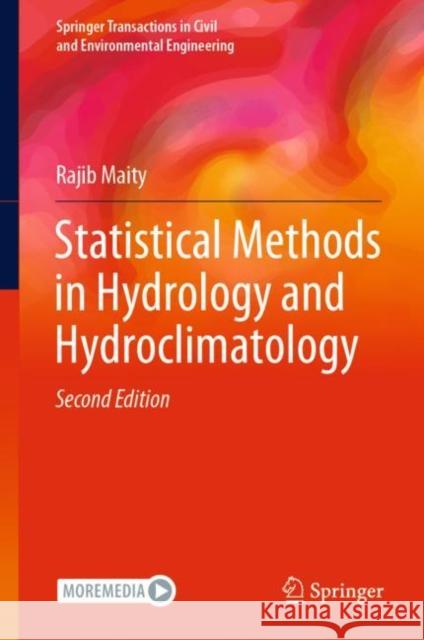Statistical Methods in Hydrology and Hydroclimatology » książka
topmenu
Statistical Methods in Hydrology and Hydroclimatology
ISBN-13: 9789811655166 / Angielski / Twarda / 2022 / 495 str.
Statistical Methods in Hydrology and Hydroclimatology
ISBN-13: 9789811655166 / Angielski / Twarda / 2022 / 495 str.
cena 402,53
(netto: 383,36 VAT: 5%)
Najniższa cena z 30 dni: 385,52
(netto: 383,36 VAT: 5%)
Najniższa cena z 30 dni: 385,52
Termin realizacji zamówienia:
ok. 22 dni roboczych
Dostawa w 2026 r.
ok. 22 dni roboczych
Dostawa w 2026 r.
Darmowa dostawa!
Kategorie:
Kategorie BISAC:
Wydawca:
Springer
Seria wydawnicza:
Język:
Angielski
ISBN-13:
9789811655166
Rok wydania:
2022
Wydanie:
2022
Numer serii:
000775668
Ilość stron:
495
Waga:
0.90 kg
Wymiary:
24.13 x 16.0 x 2.67
Oprawa:
Twarda
Wolumenów:
01











